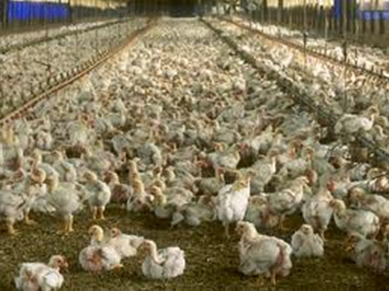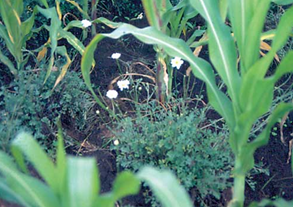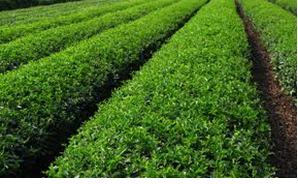
What is Farm System
Agriculture Class 8 of Class 8
Agriculture or farming crop, be looked at as a system. The important inputs are seeds, fertilisers, machinery and labour. Some of the operations involved are ploughing, sewing, irrigation, weeding and harvesting. The outputs from the system include crops, wool, dairy and poultry products.
TYPES OF FARMING
Depending upon the geographical conditions, demand of produce, labour and level of technology, farming can be classified into two main types. These are :
SUBSISTENCE FARMING
Subsistence farming is characterised by small and scattered land holdings and use of primitive tools. Farmers are poor, they do not use fertilisers and high yielding variety of seeds. Facilities like electricity and irrigation are generally not available to them. Most of the food production is consumed by the farmers and their families. Subsistence farming is of two types:
- INTENSIVE SUBSISTENCE AGRICULTURE
The farmer cultivates a small plot of land using simple tools and more labour. Climate with large number of days with sunshine and fertile soils permit growing of more than one crop annually on the same plot. Rice is the main crop. Other crops include wheat, maize, pulses and oilseeds. Intensive subsistence agriculture is prevalent in the thickly populated areas of the monsoon regions of south, southeast and east Asia.
- PRIMITIVE SUBSISTENCE AGRICULTURE:
This type of farming activity is further classified into two types:
- Shifting cultivation: It is practiced in the thickly forested areas of the Amazon basin, tropical Africa, parts of Southeast Asia, and Northeast India. In this type of agriculture, first of all, a piece of forest land is cleared by felling trees and burning trunks and branches. After the land is cleared, crops are grown for two to three years, and then the land is abandoned as the fertility of the soil decreases. The farmers then move to new areas and the process is repeated. Dry paddy, maize, millets, and vegetables are the crops commonly grown. Shifting cultivation is also known as 'slash and burn' agriculture.
- Nomadic herding: It is practiced in the semi-arid and arid regions of Sahara, Central Asia, and some parts of India, like Rajasthan and Jammu and Kashmir. In this type of farming, herdsmen move from place to place with their animals for fodder and water, along with defined routes. This type of movement arises in response to climatic constraints and terrain. Sheep, camel, yak, and goats are most commonly reared. They provide milk, meat, wool, hides, and other products to the herders and their families.
COMMERCIAL FARMING
Crops are grown and animals are reared for sale in market. The area cultivated and the amount of capital used is large. Most of the work is done by machines. It has three types

- Commercial grain farming: Commercial grain farming is usually carried out on large, scientifically managed farms in areas of low population density. Crops are grown for commercially grown for commercial purpose. Wheat and maize are common commercially grown grains. Major areas are temperate grasslands of North America, Europe and Asia. These areas are sparsely populated with large farms spreading over hundreds of hectares. Severe winters restrict the growing season and only a single crop can be grown.
- Mixed farming: Crop cultivation and animal husbandry are practised on the same farm. It is practised in Europe, eastern USA, Argentina, southeast Australia, New Zealand and South Africa.

- Plantations: Plantation farming is bush or tree farming. It is a single crop farming of rubber, tea, coffee, cocoa, spices, coconut and fruit crops like apples, grapes, oranges, etc. It is capital-intensive and demands good managerial ability, technical know-how, sophisticated machinery fertilisers, irrigation, and transport facilities. Some of the plantations like tea, coffee and rubber have a processing factory within the farm itself or close to it. Major plantations are found in the tropical regions of the world. Rubber in Malaysia, coffee in Brazil, tea in India and Sri Lanka are some examples.








